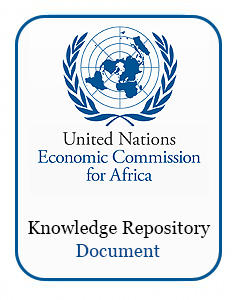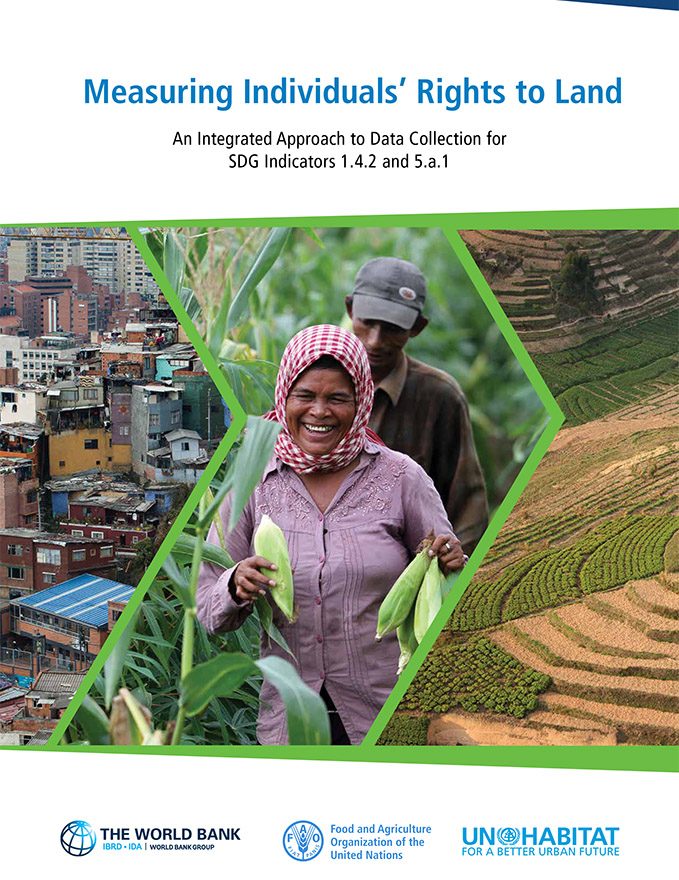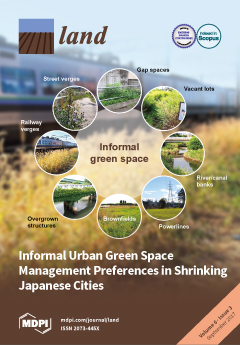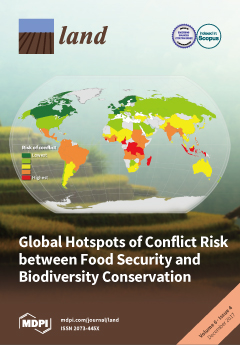Report of the first meeting of the advisory board on population, agriculture and environment
The first Meeting of the Advisory Board on Population, Agriculture and Environment was held in the United Nations Conference Center (UNCC), Addis Ababa, Ethiopia, from 20-21 September 1999. The Meeting was formally opened by Ms. P. K. Makinwa Adebusoye, Director of the Food Security and Sustainable Development Division of the Economic Commission for Africa (ECA).







